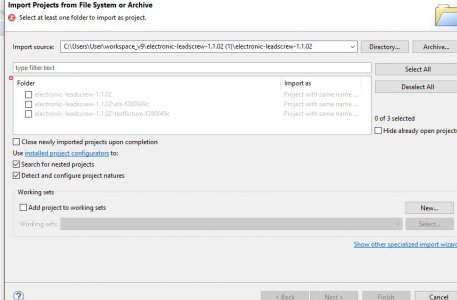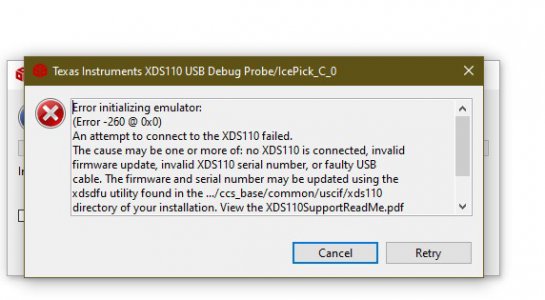Well, ran the first test as everything is in, mounted and polished. The problem I'm having must have something todo with the config.H file. I ran 8 TPI and the score marks are pretty much touching each other, looks more like a rough finish pass than threading. Here my config settings (keeping in mind I have the same lathe as Clough and the exact same encoder/stepper-servo.)
Thoughts?
#ifndef __CONFIGURATION_H
#define __CONFIGURATION_H
//================================================================================
// LEADSCREW
//
// Define the type and pitch of leadscrew you have in your lathe. If you have an
// imperial leadscrew, define LEADSCREW_TPI. If you have a metric leadscrew,
// define LEADSCREW_HMM (pitch in hundredths of a millimeter). Do not define
// both.
//================================================================================
// For Imperial leadscrews: pitch in Threads Per Inch (TPI)
#define LEADSCREW_TPI 12
// For metric leadscrews: pitch in hundredths of a millimeter (HMM)
// Example: 200hmm = 2mm
//#define LEADSCREW_HMM 200
//================================================================================
// STEPPER/SERVO
//
// Define the number of steps and microsteps for your stepper motor, the pin
// polarity of the driver, and whether to use additional features, like servo
// alarm feedback.
//
// NOTE: If you are using a servo drive with something other than a 1:1 drive
// ratio, you can use the STEPPER_MICROSTEPS to compensate. For example, if you
// have a servo configured for 1000 steps/revolution and it drives the leadscrew
// through a 3:1 reduction, you can set STEPPER_RESOLUTION to 1000 and
// STEPPER_MICROSTEPS to 3.
//================================================================================
// Steps and microsteps
#define STEPPER_MICROSTEPS 1
#define STEPPER_RESOLUTION 1000
// Step, direction and enable pins are normally active-high
// #define INVERT_STEP_PIN true
#define INVERT_DIRECTION_PIN true
#define INVERT_ENABLE_PIN true
#define INVERT_ALARM_PIN true
// Enable servo alarm feedback
#define USE_ALARM_PIN
//================================================================================
// ENCODER
//
// Define the type of encoder you are using on the spindle. The firmware assumes
// the encoder is turning at a 1:1 ratio with the spindle.
//
// NOTE: the firmware is concerned with the quadrature edge count, which is
// four times the number of pulses. For example, if you have a 1024 P/R
// encoder, you need to enter 4096 here.
//================================================================================
// Encoder resolution (counts per revolution)
#define ENCODER_RESOLUTION 4096
// Which encoder input to use
#define ENCODER_USE_EQEP1
//#define ENCODER_USE_EQEP2
//================================================================================
// CALCULATIONS
//
// Define how calculations should be performed. Most users will not need to
// touch these settings.
//================================================================================
// Use floating-point math for gear ratios
#define USE_FLOATING_POINT
//================================================================================
// HARDWARE
//
// Define which hardware you're using:
//
// 1 - LaunchXL F280049C with ELS BoostXL v1
// 2 - LaunchXL F280049C with ELS BoostXL v2
//================================================================================
// See hardware version table above
#define HARDWARE_VERSION 2
//================================================================================
// CPU / TIMING
//
// Define the CPU clock, interrupt, and refresh timing. Most users will not need
// to touch these settings.
//================================================================================
// Stepper state machine cycle time, in microseconds
// Two cycles are required per step
#define STEPPER_CYCLE_US 5
// User interface refresh rate, in Hertz
#define UI_REFRESH_RATE_HZ 100
// RPM recalculation rate, in Hz
#define RPM_CALC_RATE_HZ 10
// Microprocessor system clock
#define CPU_CLOCK_MHZ 100
#define CPU_CLOCK_HZ (CPU_CLOCK_MHZ * 1000000)
#endif // __CONFIGURATION_H



